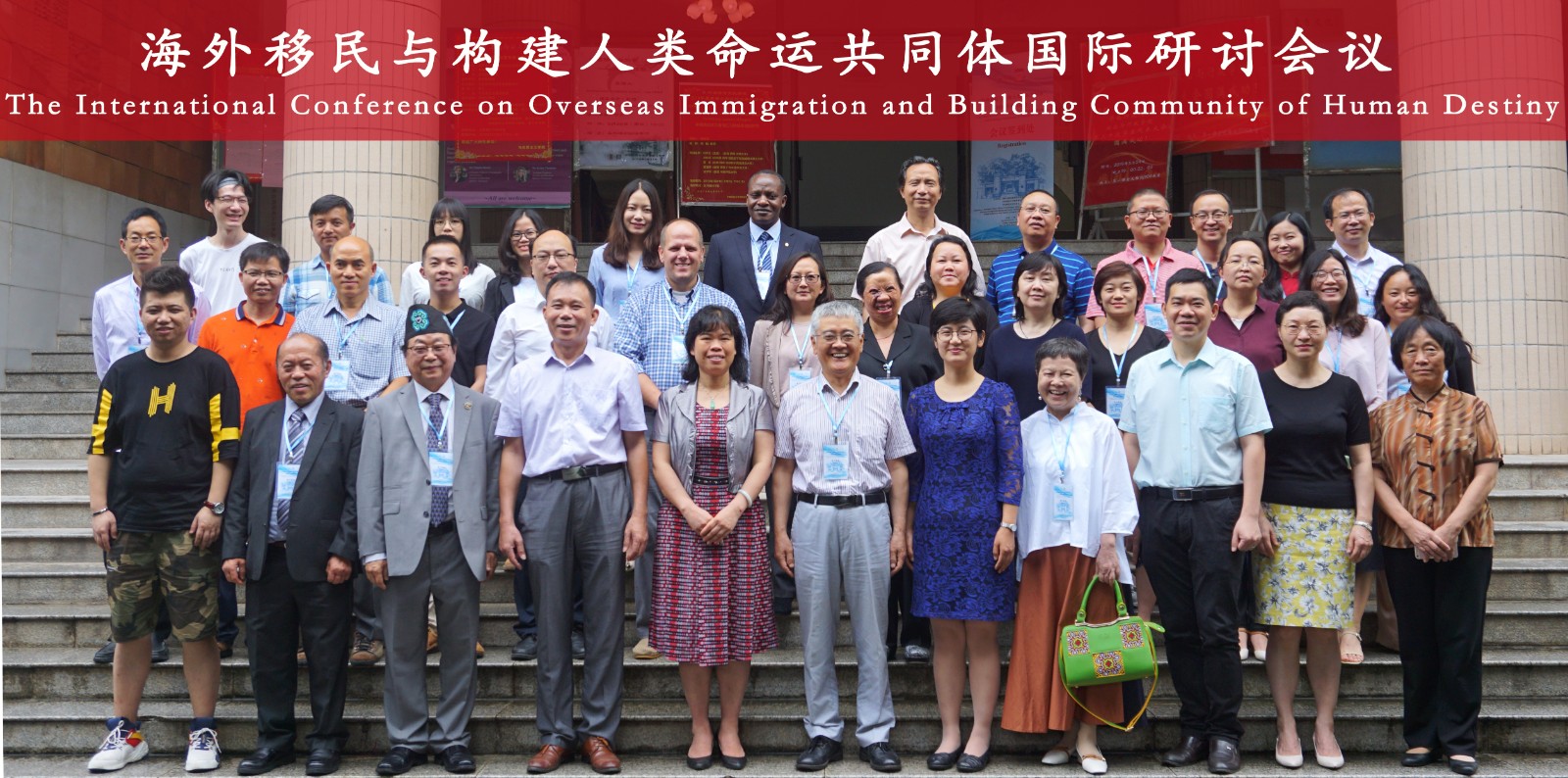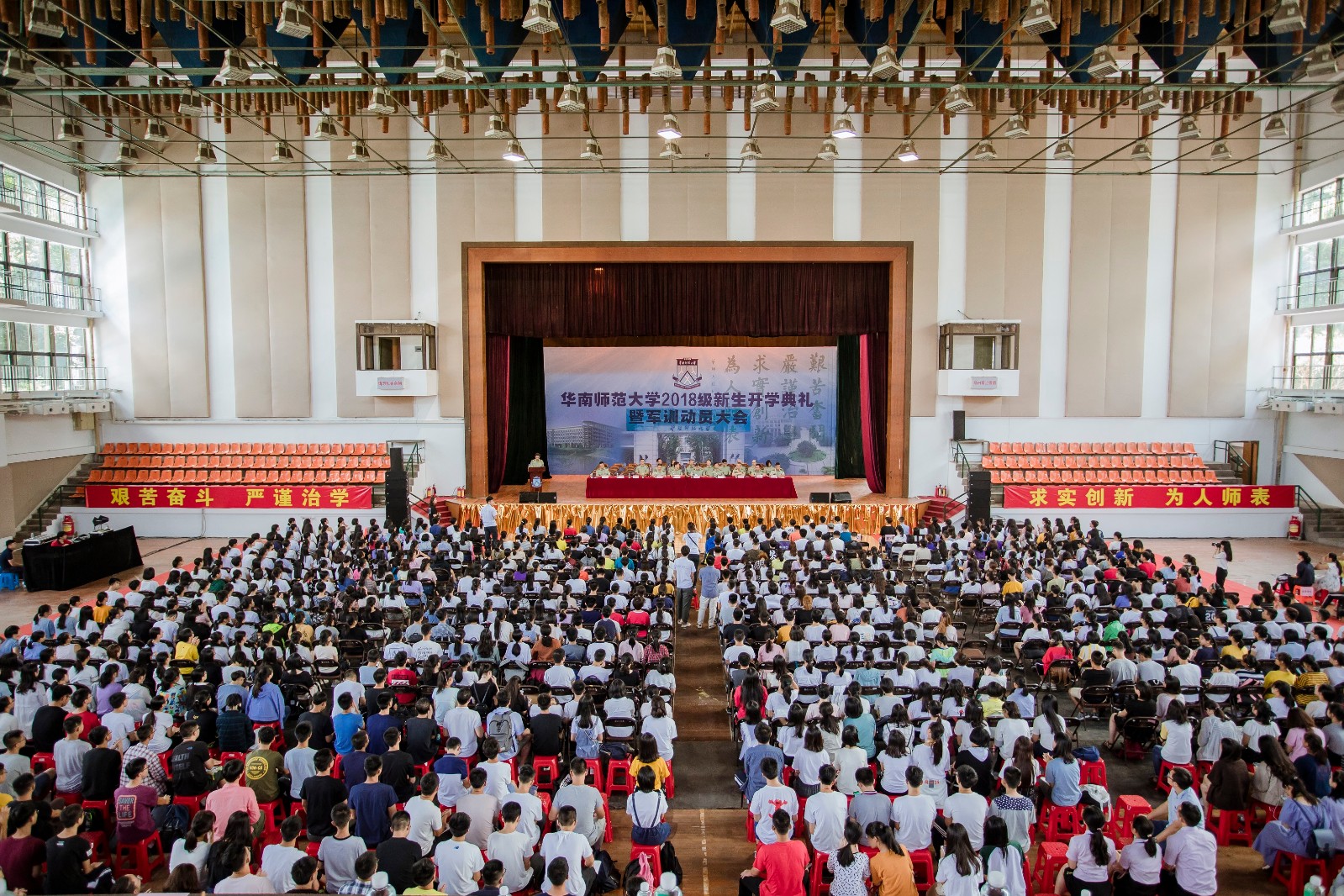
Likes
An international symposium on “Overseas Immigrants and a Community with a Shared Future for Mankind” was held on the Shipai campus of SCNU from May 24 to 27, hosted by the School of History & Culture of SCNU and the SCNU Overseas Immigrant Research Center of Ethnic Theory and Policy Research Institute of State Ethnic Affairs Commission (SEAC). More than 40 distinguished scholars from the US, Thailand, Congo and China as well as over 30 teachers and students from SCNU attended the symposium.

Vice president of SCNU Ma Weihua said that the initiative of building a community with a shared future for mankind which was proposed by the Chinese government had been gaining increasing popularity and approval around the world in recent years and it has found its way into important documents of the Uited Nations. Over 80 million Chinese overseas immigrants in more than 200 nations have contributed a lot to both the Chinese and global economy and played an essential part in building the community for a long time. Many distinguished scholars from home and abroad gathered at the symposium to discuss issues of overseas immigrants and a community with a shared future for mankind, which will further and develop the overseas immigrant researches.
Head of the Fifth Ethnic Theory and Policy Research Institute of SEAC Liu Lili introduced the institute at the symposium. The School of History & Culture of SCNU is one of the members of the institute in the third batch as well as an important part of the Guangdong Development Base. She said that since its establishment the institute had been developing gradually into a dedicated place for the overseas minority immigrant research.
Dean of Chinese Yangtze River Cultural Institute ZhengXiaoyun made a concluding address at the closing ceremony. He said the symposium had been an academic meeting for multidisciplinary ideas exchange with various topics, rich contents and distinguishing characteristics. It was an academic feast of overseas immigrant research. The symposium showed the outstanding contribution made by overseas Chinese with foreign nationalities to global and regional economic and cultural development. The appeals for multiculturalism and a community with a shared future for mankind were also launched.
The topics of the papers at the symposium were various, not only involving overseas Chinese’s lives, religions, cultural identity, transnational trade and comparison of Chinese and Western culture, but attaching importance to transnational minority research. Meanwhile, the research regions included Africa, North America, Central Asia and Southeast Asia. In sum, it was an international symposium on overseas immigrants with a wide variety of fields, regions and nationalities.
Source: The School of History & Culture
Translated by Zhou Meiyan, Le Qiang
Proofread by Edwin Baak
Reviewed by Li Jianru
What to read next:










